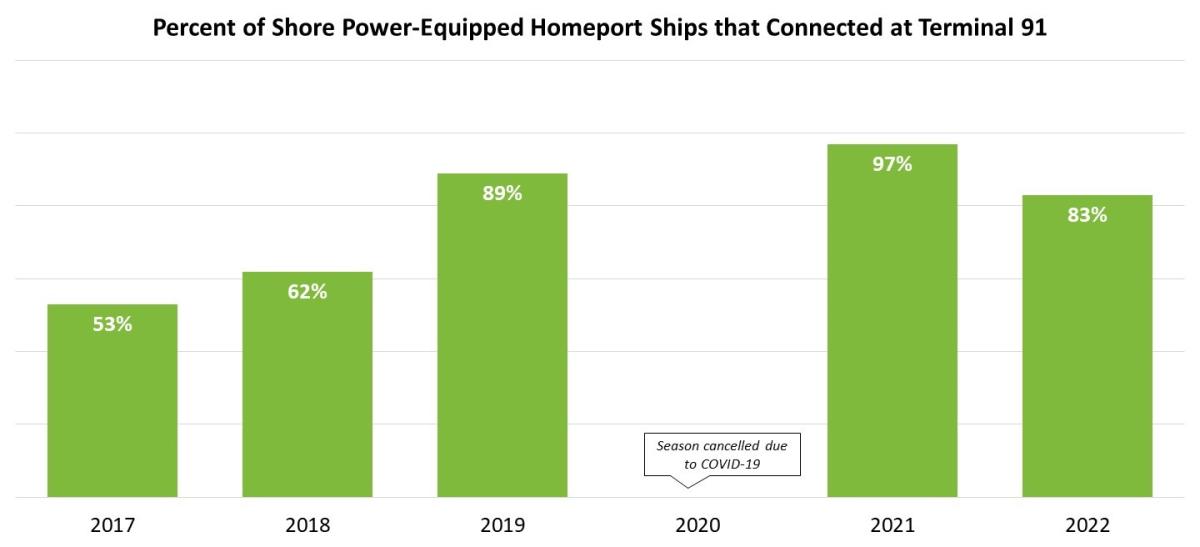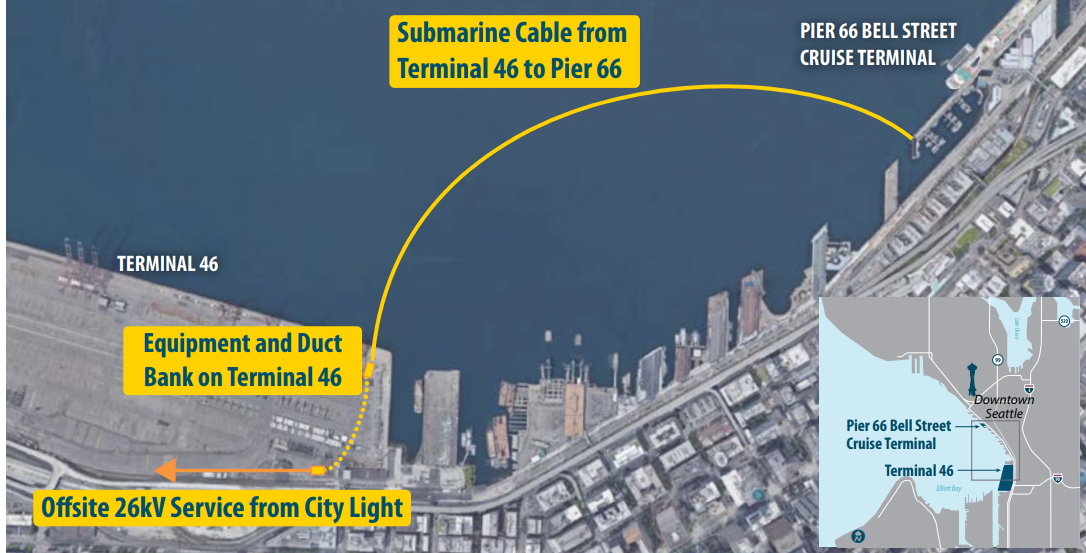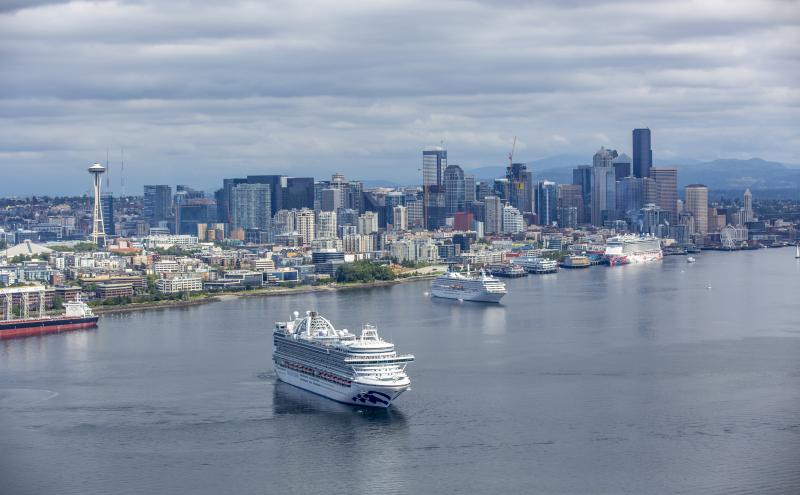
For more than 20 years, the Port of Seattle has prioritized protecting the environment while growing cruise to deliver $900 million in annual business revenue to the region during typical operations.
The Port is also committed to working with our shipping and cruise partners to make Seattle the cleanest, greenest, most energy efficient port in North America.
Here’s more information on how the Port and its cruise partners are doing that.






